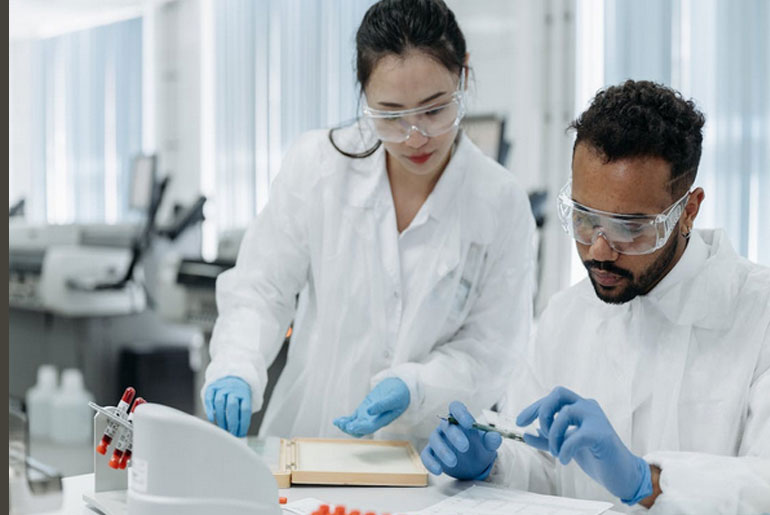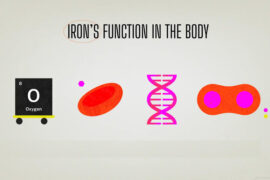Endometriosis is a chronic and often painful condition that exclusively affects women. Recent research suggests that there may be ways to expedite the diagnosis and treatment process for this condition. Women with endometriosis tend to have more interactions with healthcare providers such as general practitioners, private gynecologists, and hospitals compared to the general population.
A study analyzed healthcare utilization patterns of 129,696 Danish women, with a specific focus on 21,616 women who were diagnosed with endometriosis between 2000 and 2017. This condition is notorious for the lengthy delays in diagnosis that patients often experience. It can take up to a decade from the onset of symptoms for a woman to receive a proper diagnosis.
“We can see that even 10 years before being diagnosed, women affected by endometriosis utilise the healthcare system slightly more, and we can see that the interaction increases in the years leading up to their diagnosis of the illness,” states PhD student Anna Melgaard from the Department of Public Health at Aarhus University. She is the first author of the study, which has just been published in the scientific journal Human Reproduction.
The researchers behind the study aim to draw attention to the serious consequences of delayed diagnosis, not just for the affected women but also for the healthcare system itself. By identifying women with symptoms resembling those of endometriosis, healthcare professionals can potentially reduce the time between symptom onset and diagnosis.
“The study is particularly interesting to women with endometriosis because previous research shows they often experience repeated contact with healthcare professionals and a feeling of being tossed about the healthcare system. Our study validates this perception,” says Anna Melgaard.
Key points about endometriosis include:
- Endometriosis involves the presence of tissue similar to the uterine lining outside the uterus, typically found in areas like the fallopian tubes, ovaries, peritoneum, intestines, or bladder.
- Severe menstrual pain is a prominent symptom, and the condition can lead to chronic, debilitating pain even outside of menstruation.
- Additional symptoms encompass pain during intercourse, fertility issues, bowel problems, and rectal bleeding.
- While the cause of endometriosis remains unclear, there seems to be a hereditary component.
- Treatment options include hormone therapy, pain relief medications, and surgical intervention.
- Estimates suggest that around 5-10% of women of reproductive age experience endometriosis, though many may not display symptoms.
Efforts to expedite diagnosis and treatment for endometriosis have the potential to greatly improve the quality of life for affected women and optimize healthcare resource utilization.
Disclaimer:
The information contained in this article is for educational and informational purposes only and is not intended as a health advice. We would ask you to consult a qualified professional or medical expert to gain additional knowledge before you choose to consume any product or perform any exercise.







